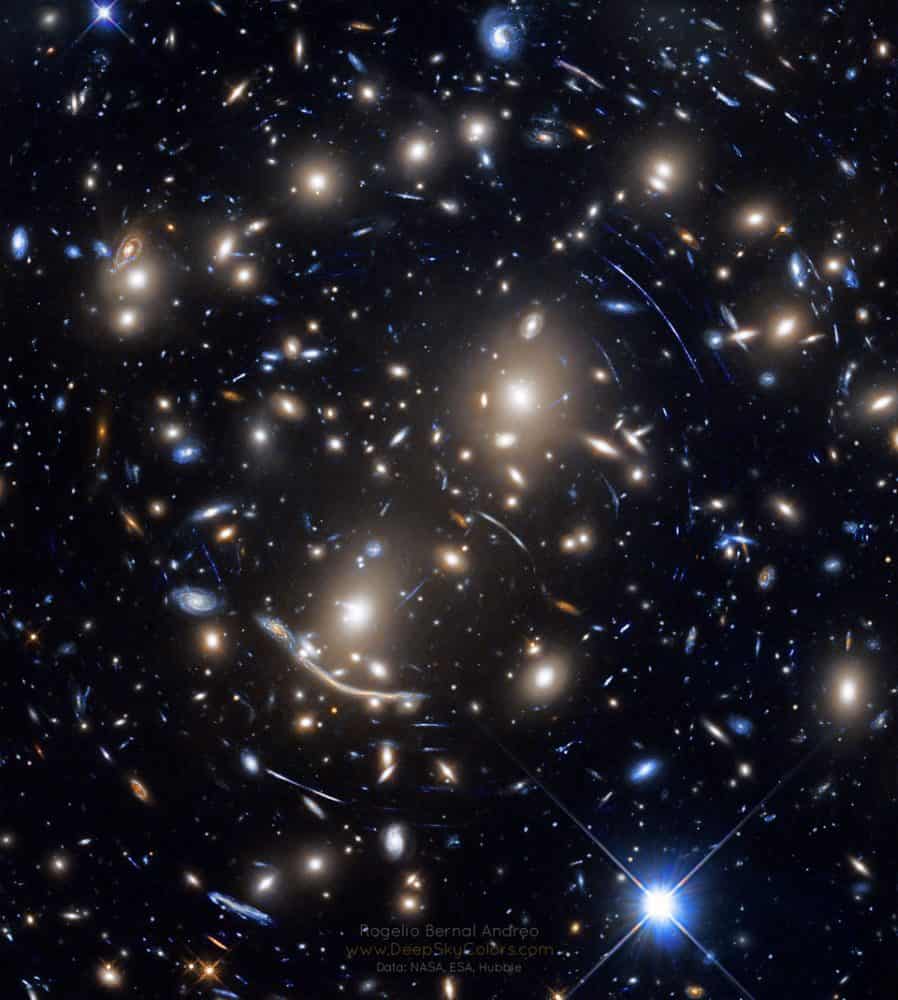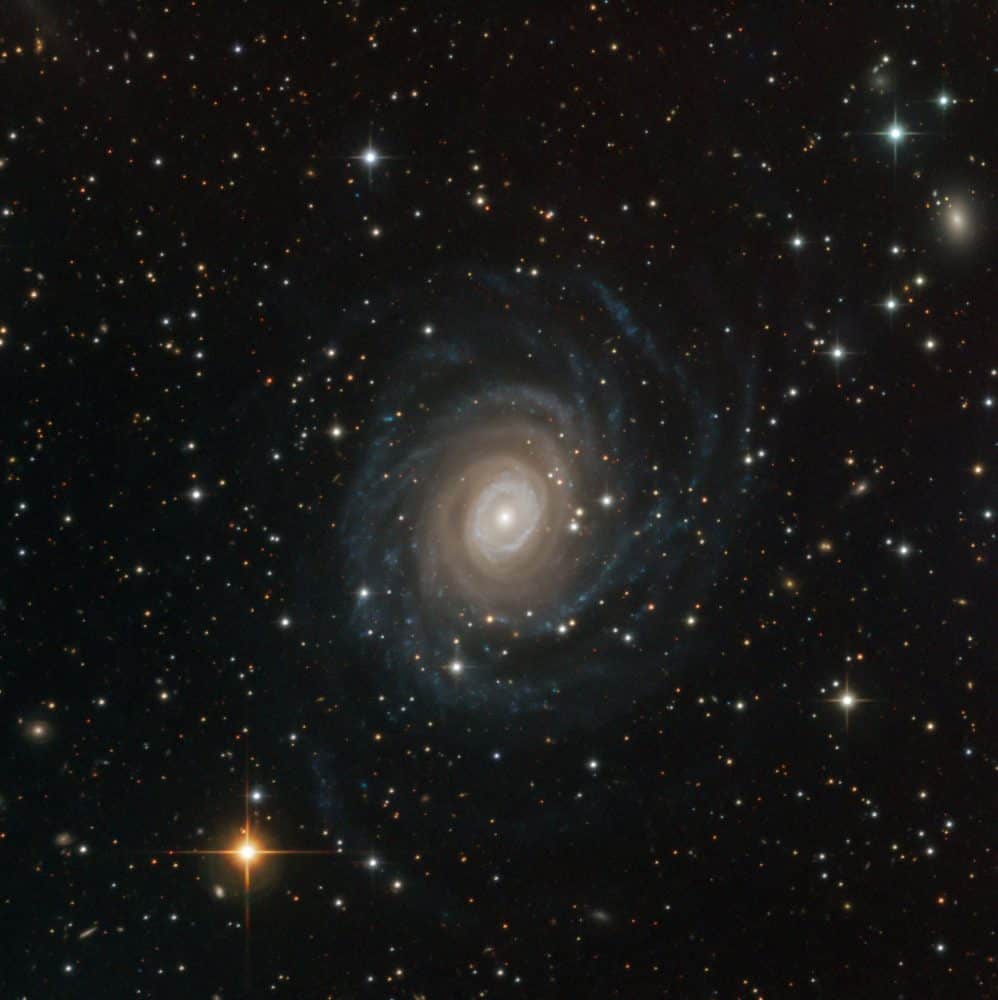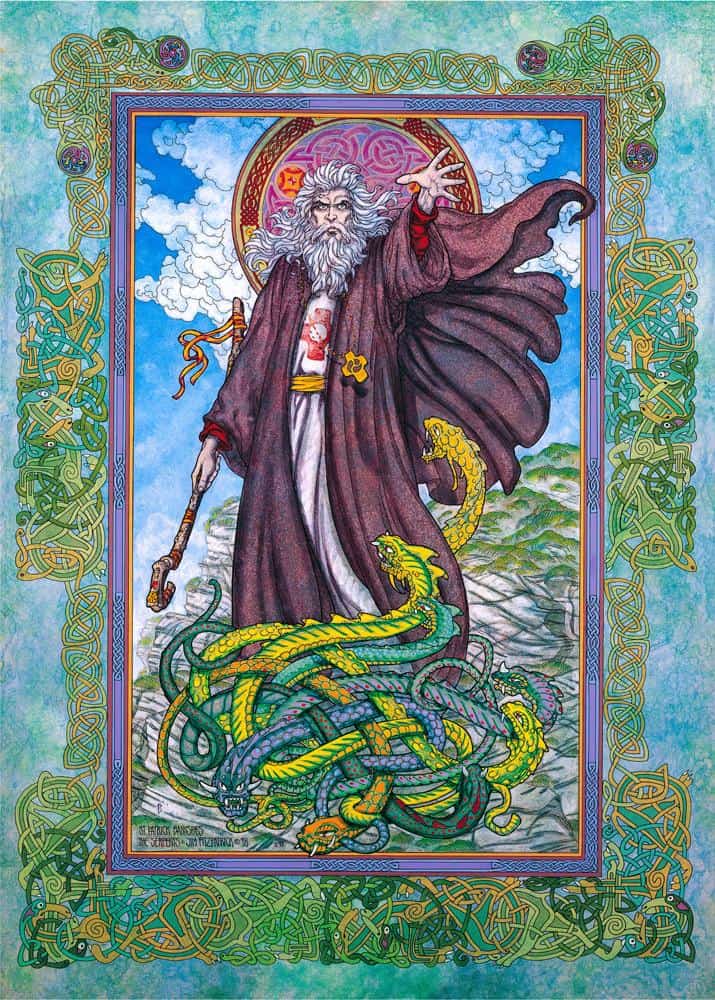Blog
NGC 1491 is a bright nebula in the constellation of Perseus. It is also known as LBN 704. 
Charles W. Thompson, who became known as Maxwell Street Jimmy Davis (March 2, 1925 – December 28, 1995) was an American electric blues singer, guitarist and songwriter. He played with John Lee Hooker, recorded an album for Elektra Records in the mid-1960s, and remained a regular street musician on Maxwell Street, in Chicago, for over 40 years.[2] He is best remembered for his songs “Cold Hands” and “4th and Broad”.He was also known as Jewtown Jimmy.
more...Harold Mabern, Jr. (born March 20, 1936) is an American jazz pianist and composer, principally in the hard bop, post-bop, and soul jazz fields. He is described in The Penguin Guide to Jazz Recordings as “one of the great post-bop pianists”.
Mabern learned orchestration techniques from Bill Lee, and comping and chord voicing from pianists Chris Anderson and Billy Wallace.
more...Margaret Marian McPartland, OBE (née Turner; 20 March 1918 – 20 August 2013), was an English-American jazz pianist, composer and writer. She was the host of Marian McPartland’s Piano Jazz on National Public Radio from 1978 to 2011.
After her marriage to trumpeter Jimmy McPartland in February 1945, she resided in the United States when not travelling throughout the world to perform. In 1969 she founded Halcyon Records, a recording company that produced albums for 10 years. In 2000 she was named a National Endowment for the Arts Jazz Master. In 2004 she was given a Grammy Award for lifetime achievement. In 2007 she was inducted into the National Radio Hall of Fame. Although known mostly for jazz, she composed other types of music as well, performing her own symphonic work A Portrait of Rachel Carson with the University of South Carolina Symphony Orchestra in 2007. In 2010 she was named a member of the Order of the British Empire.
Margaret Marian Turner was born on 20 March 1918 to Frank and Janet (née Payne) Turner. She had one younger sibling, a sister, Joyce. She demonstrated early aptitude at the piano, and would later realize that she had perfect pitch. Margaret (Maggie to her family) studied violin from the age of nine, but never took to the instrument. She also trained as a vocalist and received a number of favorable reviews in the local paper. Janet refused to find her daughter a piano teacher until the age of 16, by which time Margaret was already adept at learning songs by ear. This lack of early education meant that Marian was never a strong reader of notated music, and would always prefer to learn through listening.
more...What are those strange arcs? While imaging the cluster of galaxies Abell 370, astronomers noticed an unusual arc. The arc wasn’t understood right away — not until better images showed that the arc was a previously unseen type of astrophysical artifact of a gravitational lens, where the lens was the center of an entire cluster of galaxies. Today, we know that this arc, the brightest arc in the cluster, actually consists of two distorted images of a fairly normal galaxy that happens to lie far in the distance. Abell 370’s gravity caused the background galaxies’ light — and others — to spread out and come to the observer along multiple paths, not unlike a distant light appears through the stem of a wine glass. Almost all of the yellow images featured here are galaxies in the Abell 370 cluster. An astute eye can pick up many strange arcs and distorted arclets, however, that are actually gravitationally lensed images of distant normal galaxies. Studying Abell 370 and its images gives astronomers a unique window into the distribution of normal and dark matter in galaxy clusters and the universe.
more...Leonard Joseph Tristano (March 19, 1919 – November 18, 1978) was an American jazz pianist, composer, arranger, and teacher of jazz improvisation.
Tristano studied for bachelor’s and master’s degrees in music in Chicago before moving to New York City in 1946. He played with leading bebop musicians and formed his own small bands, which soon displayed some of his early interests – contrapuntal interaction of instruments, harmonic flexibility, and rhythmic complexity. His quintet in 1949 recorded the first free group improvisations. Tristano’s innovations continued in 1951, with the first overdubbed, improvised jazz recordings, and two years later, when he recorded an atonal improvised solo piano piece that was based on the development of motifs rather than on harmonies. He developed further via polyrhythms and chromaticism into the 1960s, but was infrequently recorded.
Tristano started teaching music, especially improvisation, in the early 1940s, and by the mid-1950s was concentrating on teaching in preference to performing. He taught in a structured and disciplined manner, which was unusual in jazz education when he began. His educational role over three decades meant that he exerted an influence on jazz through his students, including saxophonists Lee Konitz and Warne Marsh.
Musicians and critics vary in their appraisal of Tristano as a musician. Some describe his playing as cold and suggest that his innovations had little impact; others state that he was a bridge between bebop and later, freer forms of jazz, and assert that he is less appreciated than he should be because commentators found him hard to categorize and because he chose not to commercialize. Tristano was born in Chicago on March 19, 1919. His mother, Rose Tristano (née Malano), was also born in Chicago.
Dillon “Curley” Russell (19 March 1917 – 3 July 1986) was an American jazz musician who played bass on many bebop recordings.
A member of the Tadd Dameron Sextet, in his heyday he was in demand for his ability to play at the rapid tempos typical of bebop, and appears on several key recordings of the period. He left the music business in the late 1950s.
On May 1, 1951 Russell played in the recording session for Un Poco Loco, composed by American jazz pianist Bud Powell, with Max Roach on drums. Literary critic Harold Bloom included this performance on his short list of the greatest works of twentieth-century American art.
According to jazz historian Phil Schaap, the classic bebop tune “Donna Lee“, a contrafact on “Back Home Again in Indiana“, was named after Curley’s daughter. In 2002, she donated her father’s bass to the Institute of Jazz Studies at Rutgers University.
more...https://www.youtube.com/watch?v=JKrP2Llwl-0
more...The wispy, spiral galaxy NGC 6902 glows faintly in deep space in this “first-light” image from the European Southern Observatory’s new SPECULOOS Southern Observatory, an array of four telescopes in Chile’s Atacama desert. Although SPECULOOS was built to search for exoplanets around dim stars in our galactic neighborhood, one of its telescopes honed in on this spiral galaxy for its first observation. NGC 6902 is located about 120 million light-years from Earth in the constellation Sagittarius.
more...
Andy Narell (born March 18, 1954) is a jazz steel drummer.
Narell took up the steelpan at a young age in Queens, New York. His father, who was a social worker, had started a program of steelpan playing for at-risk youth at the Jewish philanthropic Education Alliance in Lower East Side Manhattan using two sets of pans made by Rupert Sterling, a native of Antigua. Beginning in 1962, Andy, his brother Jeff, and three others boys played on a third set of Sterling-made pans in the basement of the Narell house in the Whitestone neighborhood of Queens, calling themselves the Steel Bandits. The band was a novelty steelpan act that played concerts and appeared on television shows, including I’ve Got a Secret in 1963.
The band played Carnegie Hall and at the National Music Festival of Trinidad. Murray Narell invited Ellie Mannette in 1964 to expand steelpan activities in New York City and convinced him to come in 1967. Mannette taught the Narell boys more technique, and they played on improved pans tuned by Mannette.
more...William Richard Frisell (born March 18, 1951) is an American guitarist, composer and arranger. One of the leading guitarists in jazz since the late 1980s, Frisell came to prominence as a stalwart for ECM Records. He went on to work in a variety of contexts, notably as a member of the New York City Downtown Scene where he formed a long partnership with John Zorn. He was also a longtime member of Paul Motian‘s groups from the early 1980s until Motian’s death in 2011. Since 2000, Frisell’s eclectic output as a bandleader has emphasized folk, country music, and Americana.
Frisell was born in Baltimore, Maryland, but spent most of his youth in the Denver, Colorado, area. He studied clarinet with Richard Joiner of the Denver Symphony Orchestra as a youth, graduated from Denver East High School, and went to the University of Northern Colorado to study music.
His original guitar teacher in the Denver-Aurora metropolitan area was Dale Bruning, with whom Frisell released the 2000 duo album Reunion. After graduating from Northern Colorado, where he studied with Johnny Smith, Frisell went to the Berklee College of Music in Boston, where he studied with Jon Damian and Jim Hall.
more...Wilson Pickett (March 18, 1941 – January 19, 2006) was an African American singer and songwriter.
A major figure in the development of American soul music, Pickett recorded over 50 songs which made the US R&B charts, many of which crossed over to the Billboard Hot 100. Among his best-known hits are “In the Midnight Hour” (which he co-wrote), “Land of 1,000 Dances“, “Mustang Sally“, and “Funky Broadway“.
Pickett was inducted into the Rock and Roll Hall of Fame in 1991, in recognition of his impact on songwriting and recording.
Pickett was born March 18, 1941 in Prattville, Alabama.
Pickett’s Atlantic career began with the self-produced single, “I’m Gonna Cry”. Looking to boost Pickett’s chart chances, Atlantic paired him with record producer Bert Berns and established songwriters Barry Mann and Cynthia Weil. With this team, Pickett recorded “Come Home Baby,” a duet with singer Tami Lynn, but this single failed to chart.
Pickett’s breakthrough came at Stax Records‘ studio in Memphis, Tennessee, where he recorded his third Atlantic single, “In the Midnight Hour” (1965). This song was Pickett’s first big hit, peaking at #1 R&B, #21 pop (US), and #12 (UK). It sold over one million copies, and was awarded a gold disc.
The genesis of “In the Midnight Hour” was a recording session on May 12, 1965, at which Wexler worked out a powerful rhythm track with studio musicians Steve Cropper and Al Jackson of the Stax Records house band, including bassist Donald “Duck” Dunn. (Stax keyboard player Booker T. Jones, who usually played with Dunn, Cropper and Jackson as Booker T. & the M.G.’s, did not play on the studio sessions with Pickett.) Wexler said to Cropper and Jackson, “Why don’t you pick up on this thing here?” He performed a dance step. Cropper explained in an interview that Wexler told them that “this was the way the kids were dancing; they were putting the accent on two. Basically, we’d been one-beat-accenters with an afterbeat; it was like ‘boom dah,’ but here was a thing that went ‘um-chaw,’ just the reverse as far as the accent goes.
more...NGC 6188 is an emission nebula located about 4,000 light years away in the constellation Ara. The bright open cluster NGC 6193, visible to the naked eye, is responsible for a region of reflection nebulosity within NGC 6188.
NGC 6188 is a star forming nebula, and is sculpted by the massive, young stars that have recently formed there – some are only a few million years old. This spark of formation was probably caused when the last batch of stars went supernova.
more...More Posts
- John Guarnieri Day
- Louisiana Red Day
- Salif Keita & Cesaria Evora
- Daily Roots with the Soul Bros
- The Cosmos with IC 4703
- George Benson Day
- Fred Anderson Day
- World Music with Miguel Ángel Cortés
- Daily Roots with Don Drummond & The Skatalites
- The Cosmos with ARP 9
- Otis Spann Day
- Son House Day
- Johann Sebastian Bach
- World Music with Ranganayaki Rajagopalan
- Daily Roots with Sugar Belly
- Happy International Day of Happiness 2019
- Happy Vernal Spring Equinox 2019
- The Cosmos with NGC 1491
- Maxwell Street Jimmy Davis Day
- Harold Mabern Day




